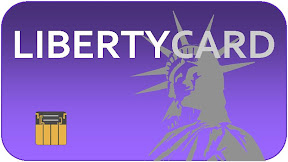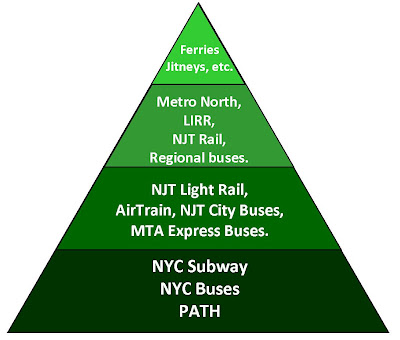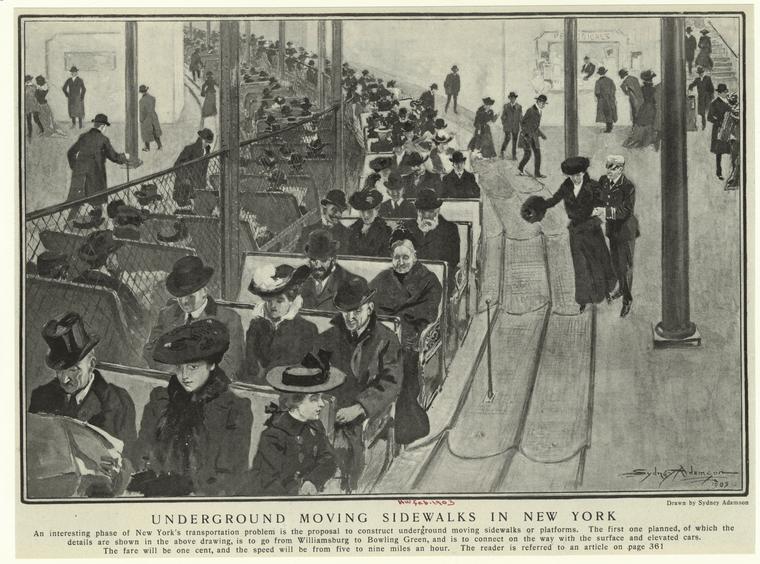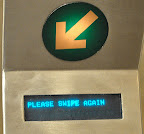It’s the end of the week and time to wrap up my guest stint here at Second Avenue Sagas. Thank you to Ben for the opportunity to share my work with other people who are interested in what I consider one of the greatest public transportation systems in the world.
I missed this story in the Daily News about the NYC Transit auditions for new station announcers. According to the article, potential ethereal voices are being culled from among subway conductors and motormen to cover fifteen posts throughout the system, and there is money in the budget for 14 additional posts down the road. A followup article reported that an unemployed chauffer, not even employed by NYC Transit, decided to audition as well.
In my interviews with passengers over the past several years, one of the foremost complaints that I have received about sound in the subway is the difficulty of understanding announcements in the trains and on platforms. Although the occasional tourist has a hard time understanding service changes because of the accent of the transmitted voice, most breakdowns in communication can be chalked up to technological malfunctions. Broken speakers, overpowering electronic buzzes, or crackling sounds due to a short in the wiring can all get in the way of clear communication if the public address system is not sufficiently maintained.
The introduction of automated, pre-recorded service advisories, voiced by Bloomberg Radio personalities, in the new R142 trains that have been running on IRT lines since 2000 are certainly an improvement. But even in those trains, sudden changes in schedules require the interjection of live announcements, often susceptible to the same issues mentioned above that other cars and station PA systems face. Although most planned service changes are announced with signs posted in stations, trains are regularly delayed or diverted from their normal routes for a variety of reasons, and in these instances the only way for passengers to know what is happening is to listen to the announcements. To make things worse, some stations – a whopping 35% of them as recently as 2005 – still don’t have PA systems installed.
I’d like to hear from you. Does your station have announcements? Do you have a hard time hearing them? Have you seen NYCTA workers walking through the trains taking decibel measurements of car speakers? Leave your thoughts in the comments, and if you’re really interested or opinionated about the issue, please take this survey on sound and the subway to contribute to my research. Thank you, New York!
Bill Bahng Boyer splits his time between Brooklyn and New Hampshire, where he is a visiting fellow at the Dartmouth College Leslie Center for the Humanities. He’s currently completing his dissertation, titled “Public Hearing: Sonic Encounters and Social Responsibility in the New York City Subway System,” for a Ph.D. from NYU. In his free time, Bill plays the sanshin in HappyFunSmile, a New York-based Okinawan and Japanese pop band.











